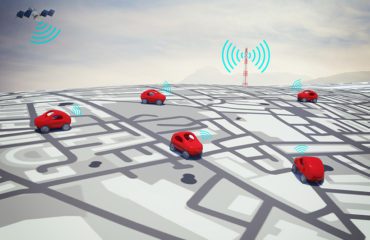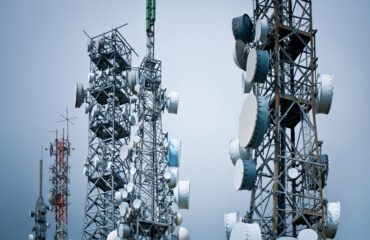
The importance of our emergency services and the depth of their contribution to society cannot be overestimated.
Rapid response units, for the police, fire and ambulance services, all rely on a robust communications network to share information keeping their colleagues in the loop and saving lives.
In practice, this network will look very different depending on the service that is being provided, the location and the kind of emergencies they will typically be dealing with. However, Professional Mobile Radio (PMR) is one of the core communication technologies at the heart of many public safety operations.
We work with fire departments in the US, Australia and the UK, and there are a number of factors that ultimately lead them to choose Professional Mobile Radio technology. They include:
-
- Network Range
From bush fires to urban blazes, fire fighters often do not know how large an area they will be required to work across until an emergency strike. Therefore, a large reliable network range, such as that offered by radio standards such as Digital Mobile Radio (DMR), is essential in giving them the confidence of knowing that they will always be able to get in touch with colleagues, relay information or ask for help. - Quality of sound and resilience
Firefighters are subjected to some of the most extreme conditions on the planet; blisteringly high temperatures, confined spaces and huge amounts of background interference and noise. It is critical that their equipment can withstand these challenges alongside them, and as the emergency situations unfolds still deliver clear channels of communications, rejecting as much background noise as possible. Here, radio communications, and DMR in particular, provide the perfect solution for emergency services. - Security
For the privacy and safety of all involved network security is a hugely important factor. All emergency services staff will be discussing highly confidential information. Allowing this information to leak into the public domain could be disastrous, especially if it falls into malicious hands, and so security has to be high on the agenda when choosing a network. Private radio networks have an advantage here, when compared to the use of cellular communications for example.
- Network Range
Conclusion
The Emergency Services Network (ESN) is a major government project aimed at delivering a mission critical LTE communication network for public safety organisations to use in the future. Great steps are being made towards achieving this and LTE undoubtedly has a big role to play in improving the effectiveness of our emergency services in the decades ahead, but radio is likely to remain at the heart of public safety for a long time to come.


